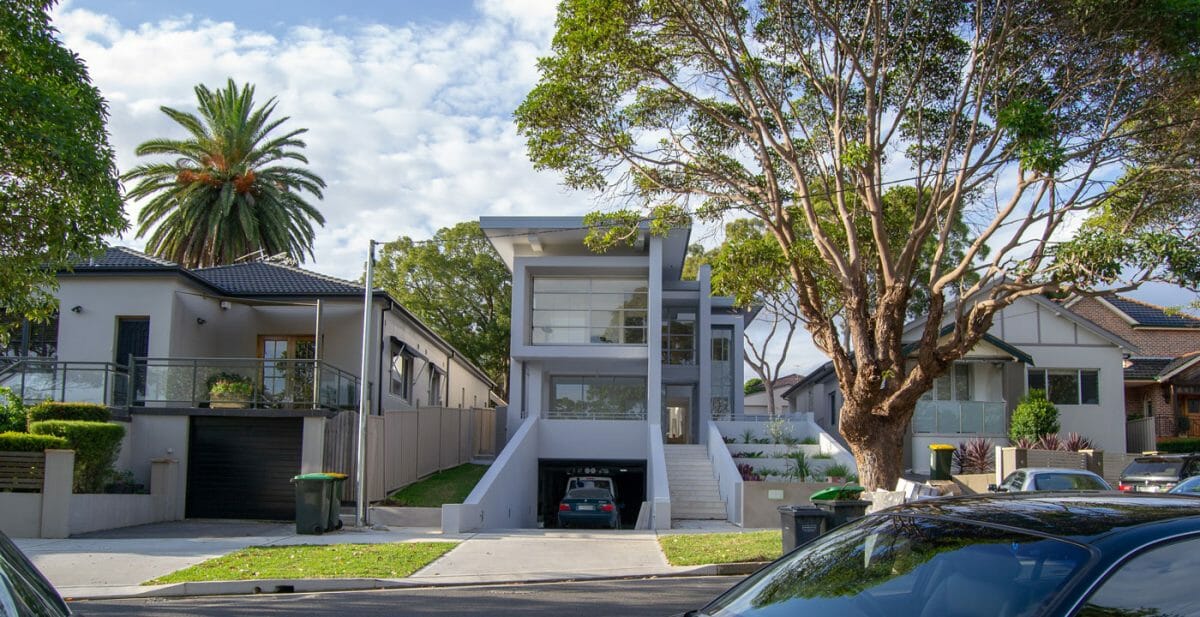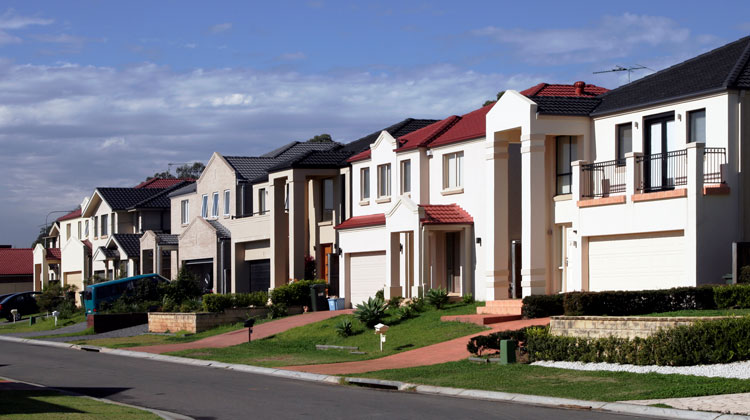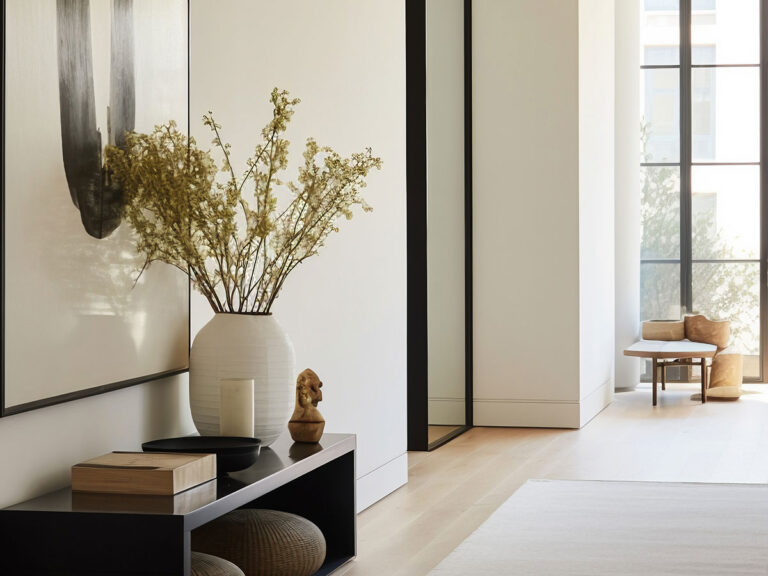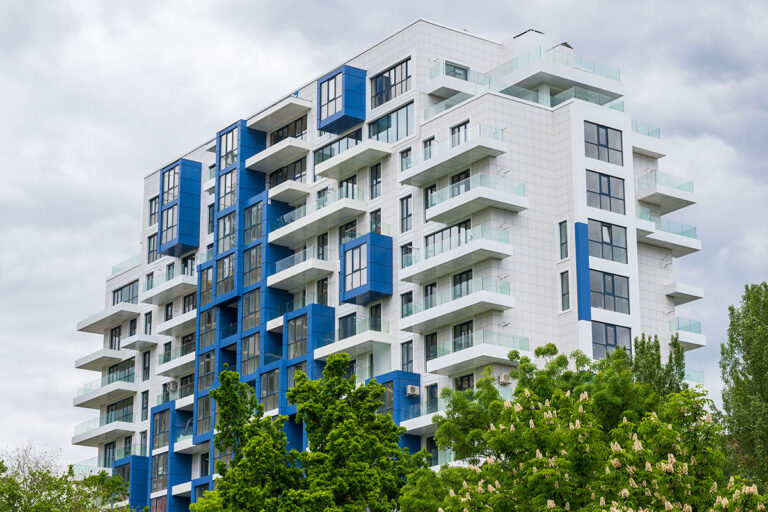By Buyers Domain Principal Buyer’s Agent, Nick Viner
Tune into the media or listen to real estate agents and their marketing blurb and you will frequently encounter the expression, “blue chip real estate”. But step back for a second and ask yourself, ‘What actually is a “blue chip property”?
I’d venture few people truly understand the term. Worse still, there are plenty of property professionals out there erroneously using the phrase in everyday language too.

The history of ‘blue-chip’
The term ‘blue-chip’ originates from the world of poker. In the traditional game, poker chips of varying colours were assigned different dollar values. White chips were the lowest, red chips were mid-priced while the highly-sought-after blue chips had the top-dollar value.
The term was adopted in the securities industry to describe companies trading on the stock exchange that were market leaders with high capitalisations.
Over time, ‘blue-chip’ has been adopted by the real estate sector to describe property in high demand and of excellent quality.
Of course, the irony of the term originating from a high-risk game like poker isn’t lost on me, given most investors like to think of their blue-chip assets being low risk.
But my discomfort with the term ‘blue-chip’ arises from its overuse in property marketing.
Any opportunity for an agent to describe some element of a property as blue-chip is hungrily grasped with both hands. It defines everything from the location and views, to the fit out and finish.
With investment properties, it is used to convey a sense of security – a sure bet that you can buy an asset without fear of its value falling because there is never-failing demand that will be your safety net when it comes time to sell.
Re-defining Blue Chip Properties
The overarching element I ascribe to blue-chip property is that it has a combination of highly desirable elements that substantially increase its appeal among a potential purchaser base.
That is to say that within any given price sector, there will be a pool of buyers looking for properties. Blue-chip properties have a disproportionately higher appeal among those buyers than other properties within their consideration.
The result is that blue-chip properties tend to have price resilience meaning there is less potential for their value to fall, and greater potential for their value to rise over time.
There are three broad categories that help understand blue-chip drivers:

Blue-chip by location
From a big-picture perspective, I believe the initial qualification for a blue-chip property relates to location.
So, we should be talking about properties within a ten-kilometre radius of major capital-city CBDs such as Sydney or Melbourne, and within a five-kilometre radius of other capitals such as Adelaide of Perth.
The reason why location is the foundation of blue-chip is that it is the most substantial unchangeable characteristic – it is impossible to alter a property’s location.
A high-quality home in a secondary suburb can still experience buyer resistance compared to most types of properties in blue chip locations.
Blue-chip by position
Drilling down a bit further, and properties can be blue-chip by position within their given suburb.
For example, you may have a property 20km from the CBD. While this is not a blue-chip suburb, if the property is close to the train station, near retail and lifestyle facilities and sits among high-end housing within its area, then buyers will still consider it ‘blue-chip’ for that suburb.
Blue-chip by location recognises that some properties experience stronger demand than others within the same suburb.
Blue-chip by property
Finally, the blue-chip rating may attach to characteristics specific to each property.
For example, views are highly prized among purchasers. Most buyers would rather have a stunning outlook than not.
Quality of finish can help define blue-chip property too. High-end appliances, visually appealing and functional flooring and cabinetry, thoughtful floor plans and considerate approaches to colour schemes and presentation all play their part.
This also leads to blue-chip by scarcity. Some properties have a desirable point of difference in comparison to their neighbours. They may come with an extra car space or an additional self-contained living are. They may back onto a park or have a fabulous garden.
It will be some extra desirable element that lifts its appeal compared to other homes. They are elements that are not divisive, but are universally appealing. They are rare but highly desirable.
Understanding why a property deserves to be called blue-chip should not just be left to selling agents and their marketing tools. By having an experienced buyer’s agent on your side, you can cut through the terminology to find the right property that suits your needs.
Whatever type of property you are looking for, call me today on 0405 134 645.



